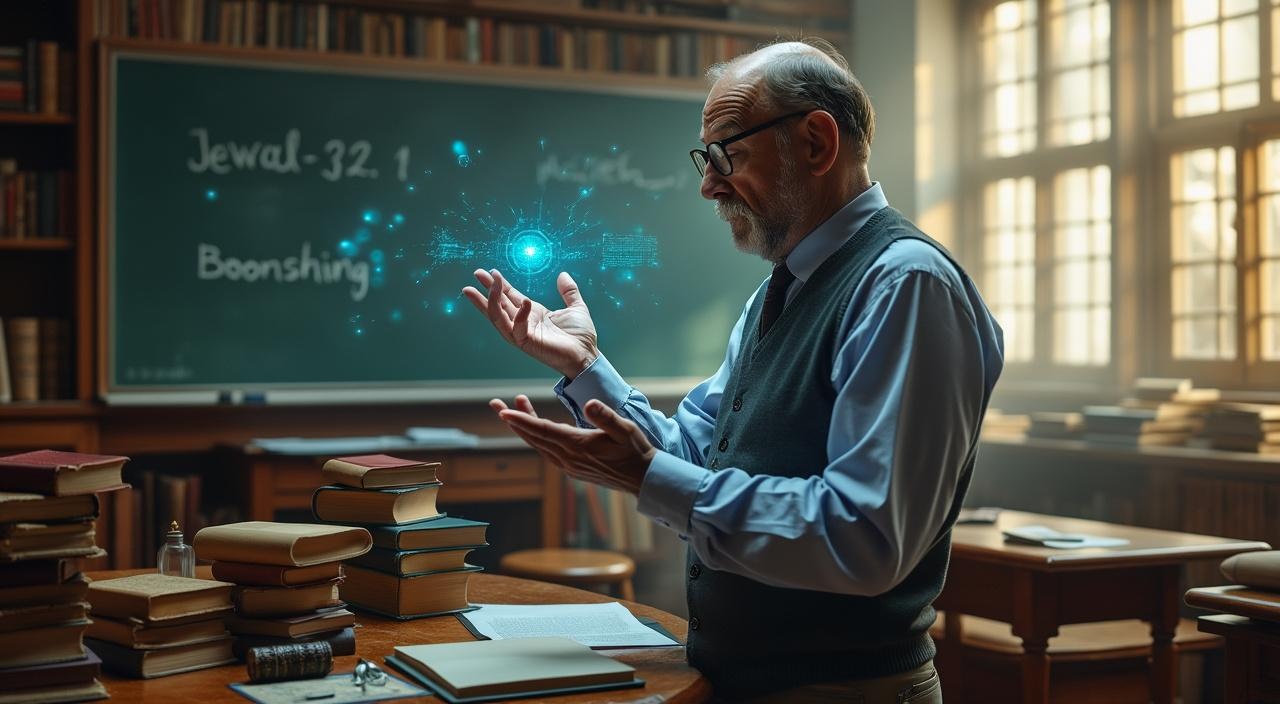The digital landscape is radically transforming literacy, pushing us beyond traditional reading and writing into a complex ecosystem of multimodal communication and technological fluency. AI’s emergence isn’t just changing how we consume information—it’s fundamentally reshaping our understanding of knowledge acquisition, demanding unprecedented adaptive skills across professional and personal domains.
Key Takeaways:
- Digital literacy now encompasses visual interpretation, media credibility assessment, and technological navigation skills
- AI tools are rapidly automating communication tasks, requiring professionals to focus on strategic thinking and creative direction
- Critical thinking has become paramount in distinguishing authentic information from AI-generated content
- The global digital divide presents significant challenges in equitable technological access and learning opportunities
- Continuous learning and adaptability are crucial for staying relevant in an AI-driven knowledge landscape
I’ve watched digital literacy transform before my eyes over my 20+ years of working with small businesses. Remember when basic computer skills were enough? Those days are long gone.
Today’s reality demands much more from us. As someone who’s moved between cultures and languages, I understand the challenge of adapting to new communication systems. Like you, I’ve wondered how to keep up with the relentless pace of technological change.
Digital literacy has expanded far beyond reading text on screens. It now includes interpreting visual information, evaluating media credibility, and handling various digital platforms. This shift mirrors my journey from physics to business leadership – mastering new skills became essential for survival.
The transition hasn’t been easy for any of us. I remember feeling overwhelmed when AI tools first started changing how we communicate. Here’s what helped me: focusing on what makes us uniquely human rather than competing with automation.
The New Literacy Landscape
Digital competency today requires a sophisticated set of skills. These abilities aren’t optional luxuries – they’re essential for functioning in modern society.
Ever felt left behind by rapid technological advances? You’re not alone. The pace of change can be disorienting for everyone, including seasoned professionals.
Modern literacy includes:
- Visual literacy – interpreting images, videos, and infographics
- Information literacy – finding and evaluating reliable sources
- Technical literacy – using digital tools effectively
- Communication literacy – expressing ideas across platforms
The evolution of literacy has historical precedents. Just as writing transformed early civilizations, today’s digital revolution is reshaping how we process and share knowledge.
AI’s Impact on Communication Skills
AI tools now write emails, create content, and even code websites. This automation has profound implications for what skills hold value.
I’ve experienced this firsthand in my consulting practice. Tasks that once took hours can now be completed in minutes with the right AI tools. But here’s the twist: this efficiency comes with new challenges.
The real value now lies in directing these tools strategically. AI can generate content, but it can’t replace human judgment about what content should exist and why. As business owners, our role is shifting from production to curation and strategic direction.
High schoolers have already figured this out – they’re not simply using AI to cheat; they’re discovering how to collaborate with these tools in ways that enhance their thinking.
The Critical Thinking Imperative
In an era where AI can generate convincing content, critical evaluation skills have become essential. Let that sink in.
I’ve seen countless professionals struggle with distinguishing quality information from AI-generated nonsense. The challenge isn’t just recognizing fake news – it’s evaluating the nuanced quality of information regardless of its source.
Critical thinking involves:
- Questioning assumptions
- Evaluating evidence
- Considering multiple perspectives
- Recognizing logical fallacies
These skills aren’t new, but they’ve taken on renewed importance. When I work with clients to transform their businesses, we spend significant time developing frameworks for evaluating information quality.
The good news? These skills can be learned and practiced. I’ve seen business owners transform their decision-making by applying structured critical thinking approaches.
The Digital Divide Challenge
Access to technology and digital education remains deeply unequal, creating significant barriers to participation in the digital economy.
This inequality isn’t just a social justice issue – it’s a massive waste of human potential. I’ve witnessed brilliant minds held back simply because they lacked access to the tools and training that others take for granted.
The digital divide manifests through:
- Economic barriers to device ownership and internet access
- Educational disparities in digital skills training
- Infrastructure limitations in developing regions
- Language and accessibility barriers
This divide creates a troubling feedback loop: those with access gain more skills, which increases their access to opportunities, while those without fall further behind.
As business leaders, we have a responsibility to consider how we can bridge these gaps through inclusive hiring practices, training programs, and advocacy for broader access.
Adapting to the AI Knowledge Landscape
The most valuable skill in today’s environment isn’t knowledge itself but the ability to learn continuously. But wait – there’s a catch: this learning must happen while you’re already managing existing responsibilities.
I’ve helped many business owners implement systems for continuous learning. The key isn’t trying to learn everything – it’s developing frameworks that help you identify what’s worth learning for your specific context.
Effective adaptation strategies include:
- Creating deliberate learning routines
- Building diverse professional networks
- Experimenting with new tools in low-risk settings
- Focusing on transferable skills rather than platform-specific knowledge
Picture this: Instead of frantically chasing every new tool, you develop a system for evaluating which technologies genuinely deserve your attention based on your business goals.
The most successful professionals I work with have mastered this balancing act. They stay current without becoming overwhelmed by treating technological adaptation as an ongoing process rather than a crisis response.
Embracing the Future of Literacy
The definition of literacy will continue to evolve. Those who thrive will be those who approach this evolution with curiosity rather than fear.
I remember when AI content was first reshaping credibility standards. Many of my clients panicked, worried their expertise would become irrelevant. But those who embraced the change found new ways to demonstrate their value.
Here’s what I mean: AI might generate content, but it can’t replace authentic expertise and judgment. The future belongs to those who learn to collaborate with these tools rather than compete against them.
Together, we can approach these changes as opportunities rather than threats. The history of reading and writing shows that humanity has always adapted to new communication technologies – and often thrived because of them.
By developing a learning mindset, focusing on critical thinking, and remembering the human elements that technology can’t replace, we can navigate this transition successfully. You’re not facing this challenge alone – we’re all learning together how to be literate in this new world.
Have questions about adapting your business to these changes? See what my clients say about how I’ve helped them navigate similar transitions.
From Scrolls to Screens: The Evolving Definition of Literacy
I remember the first time I held a smartphone. The notion that I’d need to learn new ways of “reading” and “writing” seemed absurd. Fast-forward two decades, and that device has transformed what it means to be literate.
Ancient Sumerians carved pictographs into clay tablets around 3400-3100 BCE, launching humanity’s literacy revolution. Egyptian hieroglyphs followed shortly after, establishing writing systems that defined educated society for millennia.
The numbers tell a remarkable story. Global adult literacy jumped from one in five people in 1880 to four in five by 2000. That’s progress worth celebrating. But here’s the twist: regional gaps remain stark. Chad still struggles with literacy rates as low as 25%.
Beyond Traditional Reading and Writing
Today’s literacy demands go far beyond deciphering text on paper. I’ve watched clients struggle with digital interfaces they can’t decode, despite reading Shakespeare fluently. This new reality includes several dimensions:
- Visual literacy for interpreting data dashboards and infographics
- Media literacy for evaluating online information credibility
- Digital navigation skills for accessing cloud-based resources
- Code comprehension for basic automation tasks
High schoolers aren’t misusing AI—they’re reinventing education by treating technology as a literacy tool rather than a threat.
The definition of literacy continues expanding. AI agents won’t replace you, but they might change what it means to be you literate in an increasingly automated world.
The New Literacy Toolkit: Skills Beyond Reading
Modern literacy isn’t just about reading words on a page anymore. I’ve watched countless professionals struggle because they mastered traditional reading but missed the boat on digital communication skills.
The job market tells the story plainly. 85% of current job postings demand digital communication abilities. Companies need people who can navigate online information research, validate sources, and communicate through multiple formats.
Core Digital Competencies That Matter
Your professional survival depends on mastering these fundamental skills:
- Online research and source validation – Distinguishing credible information from digital noise
- Multimodal communication – Creating effective video presentations, audio content, and visual graphics
- Basic coding literacy – Understanding how digital systems work, even if you’re not programming
- Digital ethics and footprint management – Protecting your reputation while building authentic online presence
Picture this: You find the perfect data for your project, but you can’t verify its accuracy. That’s where source evaluation becomes crucial. I’ve seen executives make costly decisions based on unreliable online information.
Beyond Traditional Reading Skills
Media creation has become as fundamental as writing. Your ability to produce clear video explanations, engaging audio content, or compelling visual presentations directly impacts your professional effectiveness. AI automation is revolutionizing how small businesses approach these challenges.
Digital footprint management isn’t optional anymore. Every online interaction shapes your professional identity. Smart professionals understand that their digital presence requires the same careful attention they once gave to written correspondence.
The good news? These skills complement rather than replace traditional literacy. Reading comprehension remains foundational, but now it extends across multiple media formats and digital platforms.
AI: The Disruptive Force in Traditional Learning
Traditional literacy skills face their biggest shake-up since Gutenberg invented the printing press. AI writing tools like ChatGPT, Grammarly, and language learning platforms such as Duolingo are automating tasks we’ve considered fundamentally human for centuries.
The statistics tell the story. Over 70% of professionals will use AI-based communication tools by 2025. That’s not a distant future prediction—it’s happening right now in offices across America.
Workplace Reality Check
I’ve watched businesses transform their daily operations through AI automation. Report writing that once consumed entire afternoons now takes minutes. Email drafting becomes point-and-click simple. Complex data analysis that required specialized training transforms into conversational queries.
AI automation revolutionizes small businesses by handling routine communication tasks, freeing professionals for higher-level thinking. Yet this shift raises uncomfortable questions about human skill relevance.
The Skills Revolution
Natural language processing doesn’t just help us write better—it changes what “writing” means. When AI can generate coherent paragraphs from bullet points, the value shifts from mechanical composition to strategic thinking and creative direction.
Here’s the twist: AI isn’t replacing human intelligence. It’s amplifying certain aspects while diminishing others. The professionals who thrive understand this distinction. They focus on:
- Prompt engineering
- Critical evaluation
- Creative oversight
Rather than fighting the technological tide.
AI agents won’t replace you—but they’re definitely changing what professional competence looks like. The question isn’t whether to adapt. It’s how quickly you can learn to dance with the machines.

Digital Divide: Challenges in the AI-Driven Landscape
I’ve witnessed firsthand how technology promises can leave entire communities behind. The harsh reality? Only 60% of our global population enjoys reliable internet access. This gap isn’t just about connection speeds or fancy gadgets.
Picture this: millions of students lack basic digital access while AI reshapes how we learn and work. Low-income regions face persistent exclusion from the very tools that could transform their futures. I remember consulting with small businesses that couldn’t even access basic online resources, let alone AI-powered learning platforms.
Strange but true: while some debate AI’s impact on education, others can’t access the internet at all. This creates a two-tiered system where digital haves accelerate their learning through AI automation tools, while digital have-nots fall further behind.
The twist? AI also creates unprecedented opportunities. Personalized learning can adapt to individual needs regardless of location. Global knowledge sharing breaks down traditional barriers. New career paths emerge daily – AI trainers, prompt engineers, and digital literacy coaches.
Smart implementation requires addressing digital inclusion first.

Critical Thinking in the Age of AI
Machines can now write essays that fool professors. They create deepfakes so convincing they’d make Hollywood jealous. Here’s what I’ve learned from watching businesses struggle with this reality: AI detection tools are about as reliable as a chocolate teapot.
The solution isn’t fighting the technology. It’s building something more powerful: genuine critical thinking skills.
Foundation Skills That Matter
Start with these core competencies that separate humans from algorithms:
- Question the source before trusting the content
- Cross-reference information across multiple platforms
- Recognize emotional manipulation in digital messaging
- Understand basic data privacy principles
Practical Application
I teach my clients to apply the “Three-Source Rule” before making decisions. Check claims against established sources, recent studies, and opposing viewpoints. This approach has saved countless businesses from costly missteps based on AI-generated misinformation.
Your credibility depends on your ability to distinguish authentic information from synthetic content. That skill becomes more valuable every day.

Future-Proofing Your Literacy
Taking Action: Your Three-Step Literacy Evolution
I’ve watched countless professionals struggle when new technologies emerge. The ones who thrive? They don’t wait for someone else to show them the way.
Start experimenting with AI tools today. Try ChatGPT for writing assistance, Claude for analysis, or Grammarly’s AI features. Spend 15 minutes daily exploring what these systems can and can’t do. You’ll quickly learn their strengths and blind spots.
Practice online safety becomes more critical as AI-generated content floods the internet. I verify sources, check multiple outlets, and question information that seems too good to be true. AI detection tools aren’t reliable, so your judgment matters more than ever.
Develop critical content evaluation habits. Ask yourself: Who created this? What’s their motivation? Does this align with established facts? These questions saved me from believing convincing but false AI-generated articles.
Your Learning Arsenal
I recommend these proven resources for continuous learning:
- Khan Academy offers free courses on digital literacy and critical thinking
- Coursera provides university-level AI and technology courses
- Google Digital Garage teaches practical digital skills
- Code.org helps you understand how technology actually works
Students are already reshaping education with AI. Don’t let them leave you behind. The future belongs to those who adapt their literacy skills now, not later.
Your competitive advantage isn’t fighting AI—it’s learning to dance with it while maintaining your critical thinking edge.
Sources:
• Kiddle: History of Writing
• Wikipedia: Digital Literacy
• Britannica: Education in the Earliest Civilizations
• Wikipedia: Reading
• University of Southampton: History Resource








